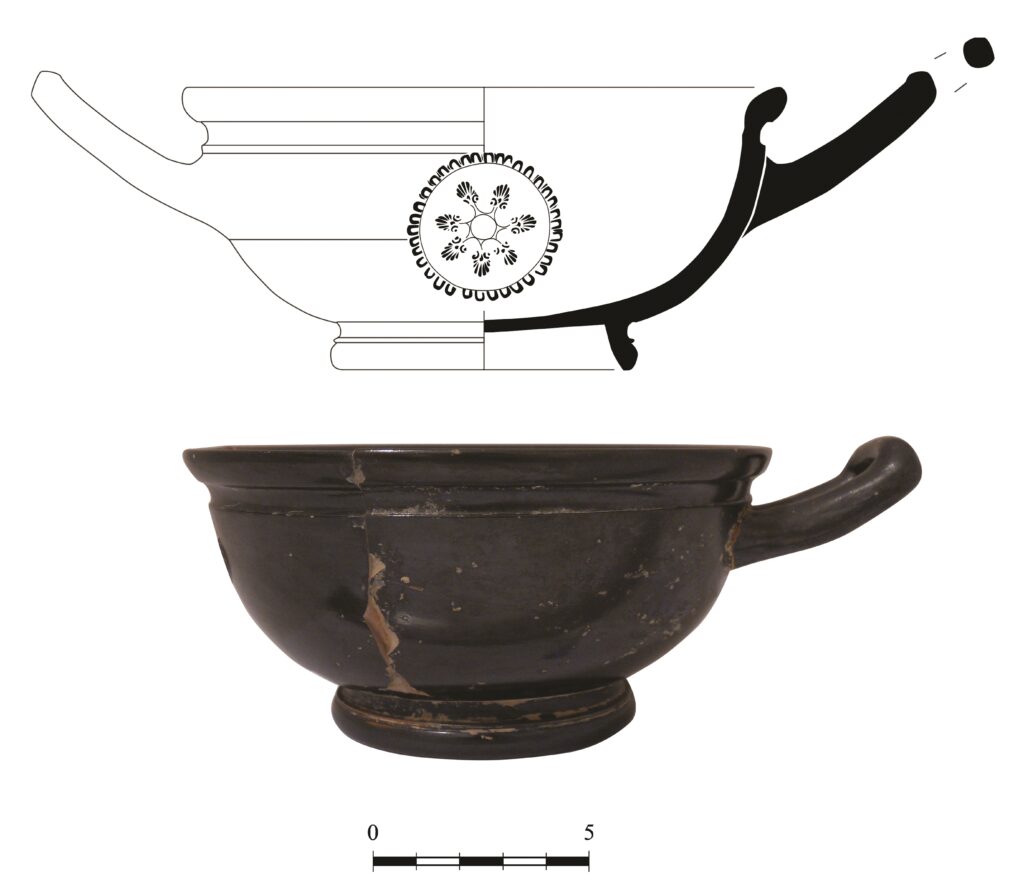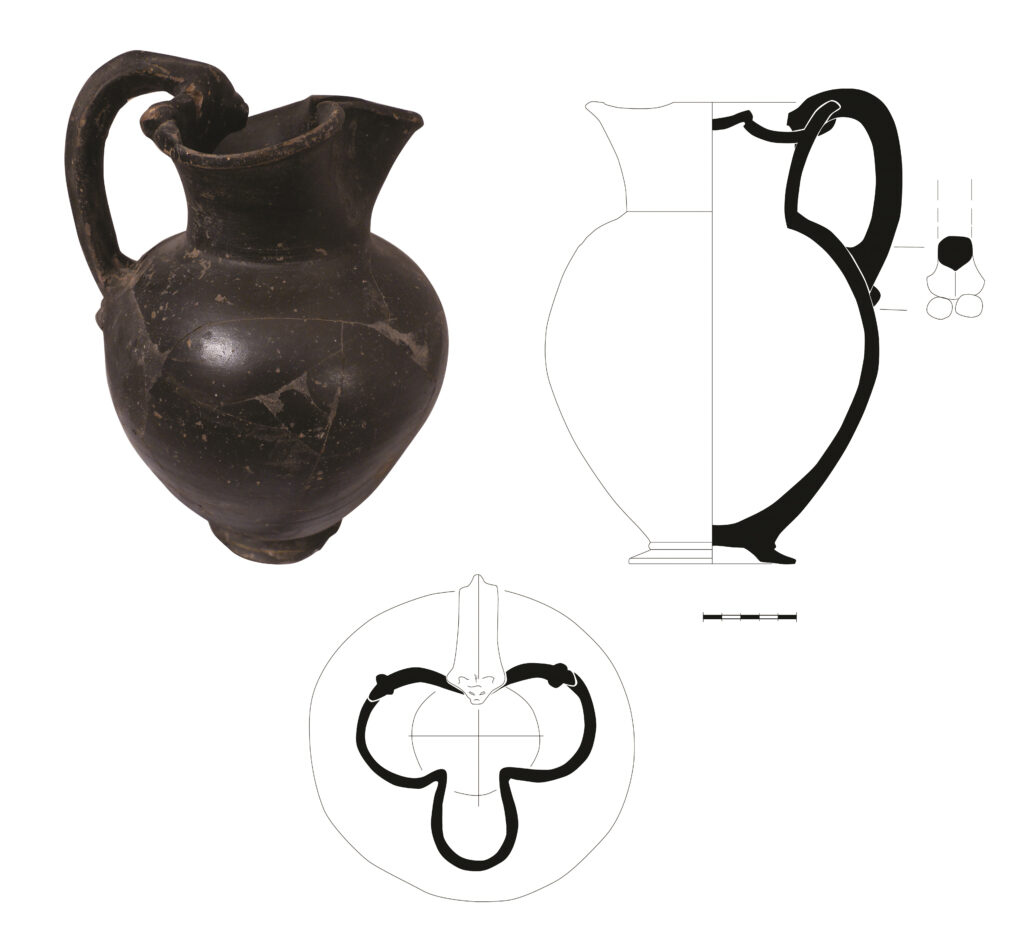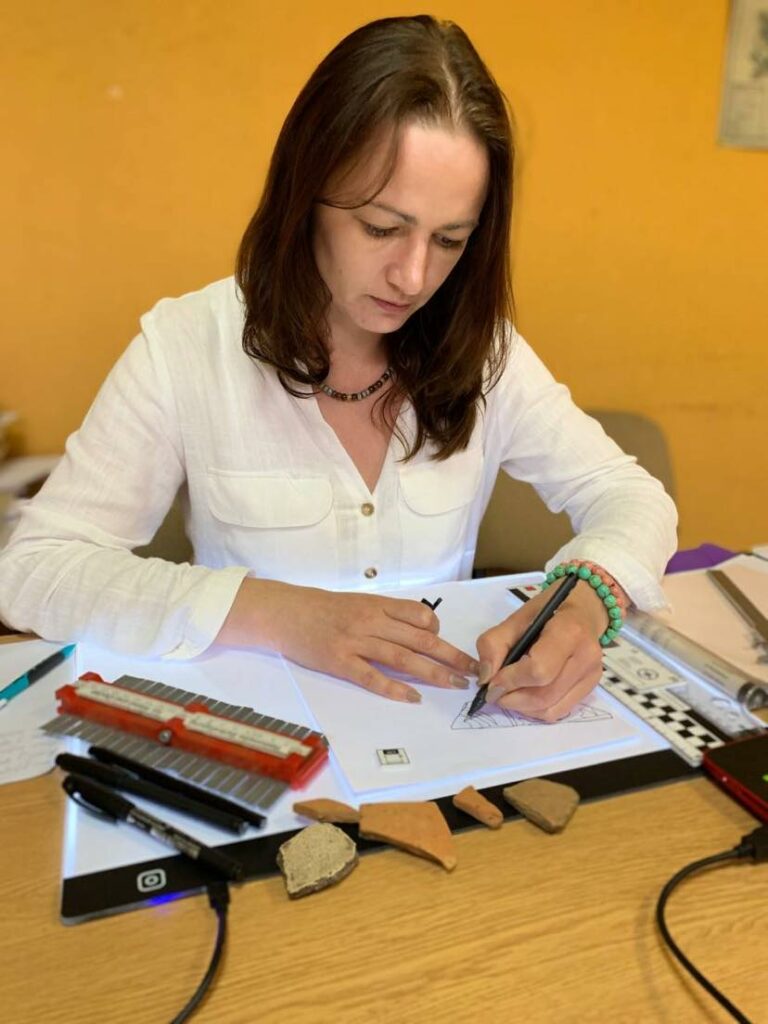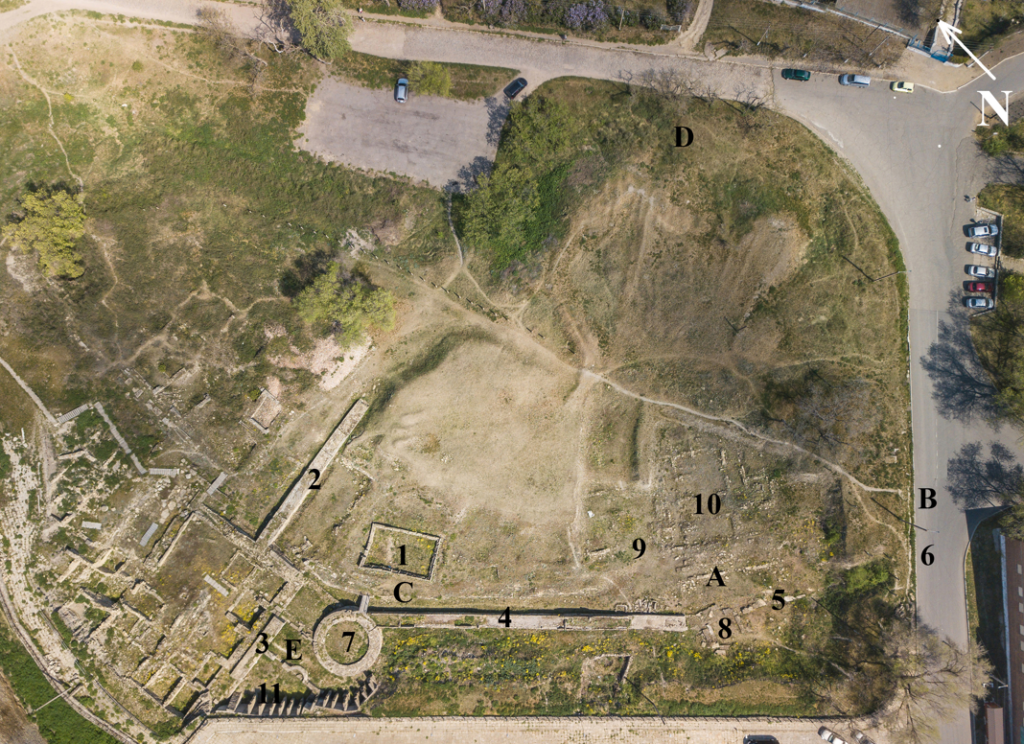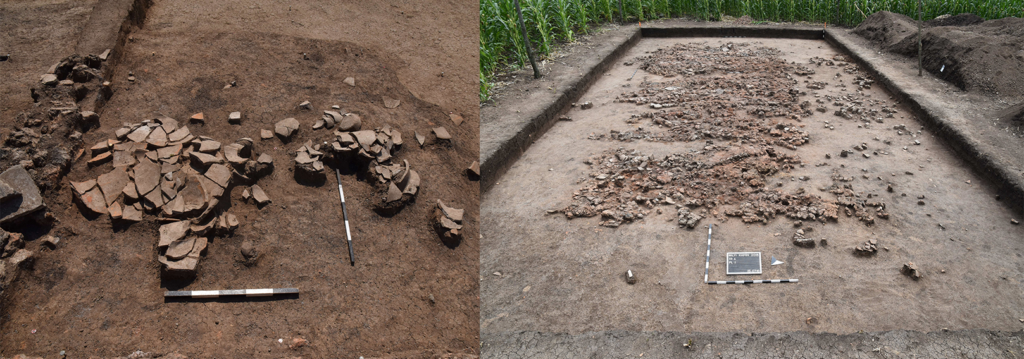Last week, we discussed trade relations within the northern Pontic Greek poleis. Today, the focus will be on the wider relations within the Greek oikumene. Iryna Chechulina from the Department of Ancient Archaeology at the Institute of Archaeology of National Academy of Science of Ukraine deals in her project with Attic black-glazed ware, which was also circulated in the peripheral regions of the Hellenistic world.

Olbia Pontica (Fig. 1) was an ancient Greek polis, that existed on the Northern Black Sea coast from the turn of the 7th to the 6th centuries BC until the 4th century AD. The site is located in modern-day Ukraine, and is renowned for its historical significance and rich cultural heritage.
With the full-scale invasion of Russian troops in Ukraine, its cultural and archaeological heritage has been in great danger, including the site of Olbia itself and numerous artifacts from it. These objects have been stored in museum collections and depositories in Ukraine, and one of the significant and mass categories of it is Attic black-glazed pottery. Despite over 100 years of scientific investigation at Olbia, it has not been published as a whole yet.
Attic black-glazed pottery (Figs. 2–4) is a distinctive style of ancient Greek ceramics that was produced in Athens from the 6th to the 4th century BC. It is characterized by its dark black glaze, delicate morphology and intricate stamped and incised ornaments. Attic black-glazed ware was highly valued in the ancient world and exported to many regions, including Italy, Egypt, and the Black Sea region.
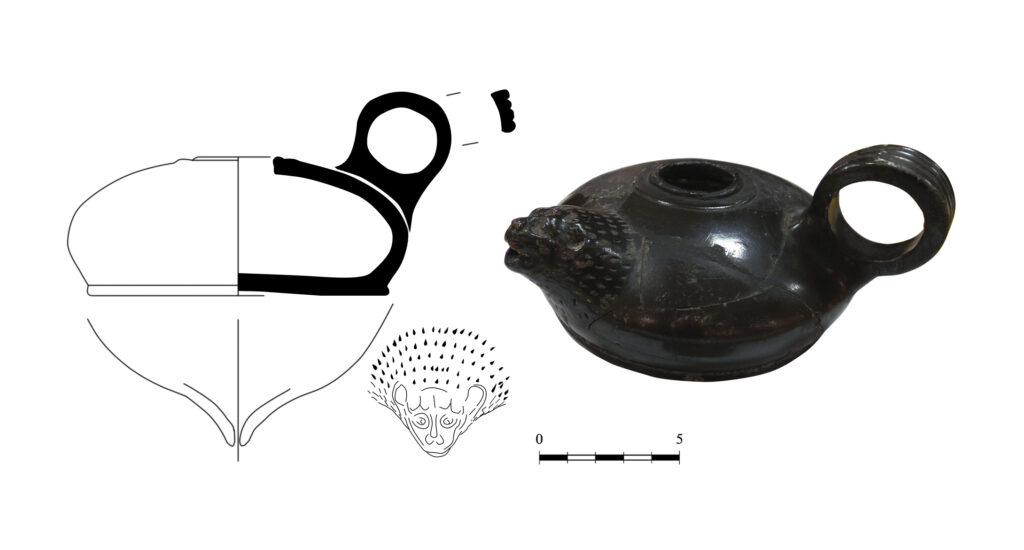
This project aims at an extensive analysis of the largest collections from Olbia Pontica, as well as from Borysthenes, which was a part of the larger Olbia polis. Up to date, this study incorporates materials from various institutions, including the Institute of Archaeology of the National Academy of Sciences of Ukraine, the National Historical and Archaeological Reserve “Olbia”, the National Museum of History of Ukraine, and the Mykolaiv Regional Museum of Local History “Staroflotsky Barracks”. The access to these collections was crucial for a comprehensive understanding of the broader Olbian pottery assemblage.
The project encompasses several working steps: a review of the prior research on ceramics, as well as technological and typological analyses of the artifacts. A significant outcome of this analysis is the creation of a comprehensive catalogue, comprising approximately 2,000 items.
The primary objective is to provide a full overview of the various shapes of Attic black-glazed pottery discovered in Olbia. The focus is on statistical data reflecting the popularity of each shape across time periods, rather than presentation of every individual find. All pottery pieces are systematically recorded in terms of typology and chronology and illustrated with drawings.
The preliminary results clearly demonstrate that the Attic black-glazed pottery from Olbia serves as a reference collection for the study of this ware throughout the entire ancient Greek oikumene. Furthermore, this subject holds significant importance for examining the dynamics of economic relations between Olbia and Athens, with interesting conclusions already drawn on this matter.
Another crucial outcome of the upcoming publication will be the presentation of vast materials from Ukrainian museums and institutions, which currently face significant threats. This is especially important given the fact that some of these items are truly extraordinary and hold exceptional cultural and historical value.
Iryna Chechulina
